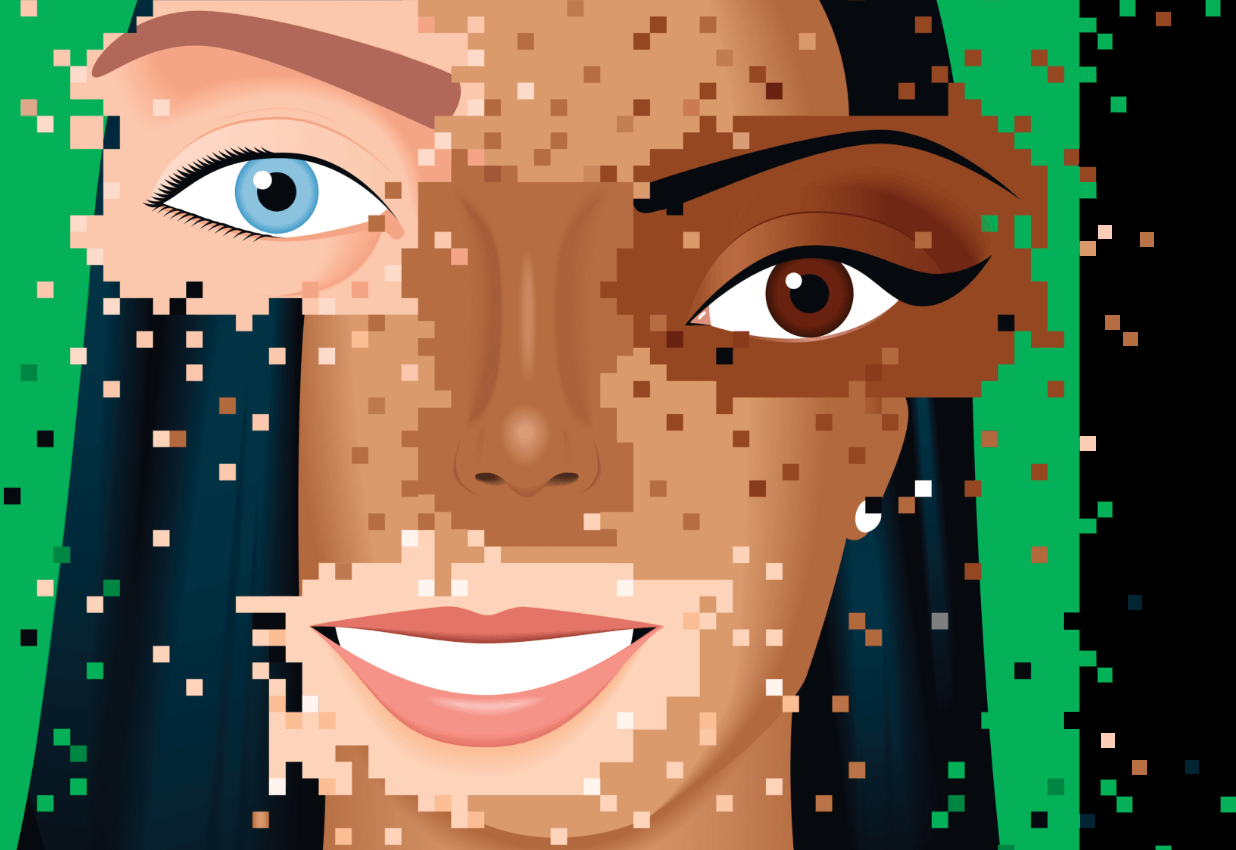Scrolling through social media, news sites, or even messaging apps, it’s getting harder to know what’s real. That cute celebrity video, the shocking news clip, or the perfectly edited image—sometimes it’s not real at all.
Thanks to AI-generated photos and deepfakes, anyone with a computer can create images or videos that look incredibly convincing. But before you panic, there are ways to spot fakes and understand what’s happening online.
What Are AI Photos and Deepfakes?
- AI Photos: These are images created entirely by artificial intelligence. Using tools like DALL·E, MidJourney, or Stable Diffusion, AI can generate faces, landscapes, or objects that never existed. They can be hyper-realistic, but they’re fully synthetic.
- Deepfakes: These are videos or audio clips where someone’s face or voice is swapped, manipulated, or synthesized. For example, a famous actor might appear to say something they never actually said.
The technology is advancing so fast that casual users might struggle to tell the difference between real and fake content.
Why It Matters
Fake images and videos can be harmless fun—like a playful meme—but they also have serious consequences:
- Misinformation: AI-generated content can spread false news. People might believe a video or photo is real without checking the source.
- Fraud and Scams: Deepfakes are sometimes used to impersonate people for financial gain or blackmail.
- Erosion of Trust: When people can’t trust what they see, it becomes harder to believe real content too.
Understanding how to identify fakes is becoming as important as knowing how to read the news critically.
Signs a Photo or Video Might Be Fake
While AI content can look realistic, there are often subtle clues:
- Odd Details: Look at hands, teeth, earrings, or text in the background. AI often struggles with these.
- Unnatural Lighting or Shadows: Lighting may not match the surroundings, or shadows may appear inconsistent.
- Blurry or Warped Edges: Faces, objects, or backgrounds may look slightly melted or distorted.
- Odd Reflections or Eyes: AI sometimes messes up reflections in mirrors or glasses, or the eyes may look unusual.
- Mismatched Audio: In deepfake videos, the voice might not perfectly match lip movements, or sounds may feel slightly robotic.
Even if something looks perfect, it’s best to verify before sharing or trusting it.
Tools and Tricks to Verify Content
Luckily, there are ways to check if what you see is real:
- Reverse Image Search: Tools like Google Images or TinEye let you check if a photo appeared elsewhere online first.
- Fact-Checking Websites: Sites like Snopes, AFP Fact Check, and Reuters verify viral photos and videos.
- Metadata Check: If you can access the file, metadata can show when and where a photo was created. AI-generated images sometimes have unusual or missing metadata.
- Specialized AI Detection Tools: Some websites and apps analyze images and videos to flag AI-generated content. While not perfect, they can help you spot fakes.
Best Practices to Avoid Being Fooled
Even without technical tools, you can stay safer online:
- Check Multiple Sources: Don’t rely on a single post or account for news.
- Look for Credible Authors: Trusted news outlets and verified accounts are more reliable.
- Think Before Sharing: Ask yourself if the content seems too outrageous, dramatic, or unusual. If so, pause before forwarding.
- Educate Others: Teach friends and family how to spot deepfakes and AI photos—they’re just as likely to be fooled as you.
A cautious approach helps limit the spread of fake content and protects your online credibility.
The Future of AI Content
AI-generated images and deepfakes aren’t going away—they’ll only get more realistic. Experts predict that soon it will be nearly impossible to tell real from fake without specialized tools.
This doesn’t mean giving up online—it means learning digital literacy. Knowing how to verify sources, check details, and approach shocking content critically will become a daily skill, just like reading comprehension or basic math.
Final Thoughts
AI photos and deepfakes can be fun, useful, and creative—but they can also mislead, deceive, or harm.
The key is awareness. By learning a few verification tricks, checking sources, and thinking critically, you can enjoy digital content without falling for fakes.
Remember: not everything you see online is real, and that’s no longer just paranoia—it’s a fact of modern life.
Staying informed, cautious, and curious is the best way to navigate this new AI-powered world.
